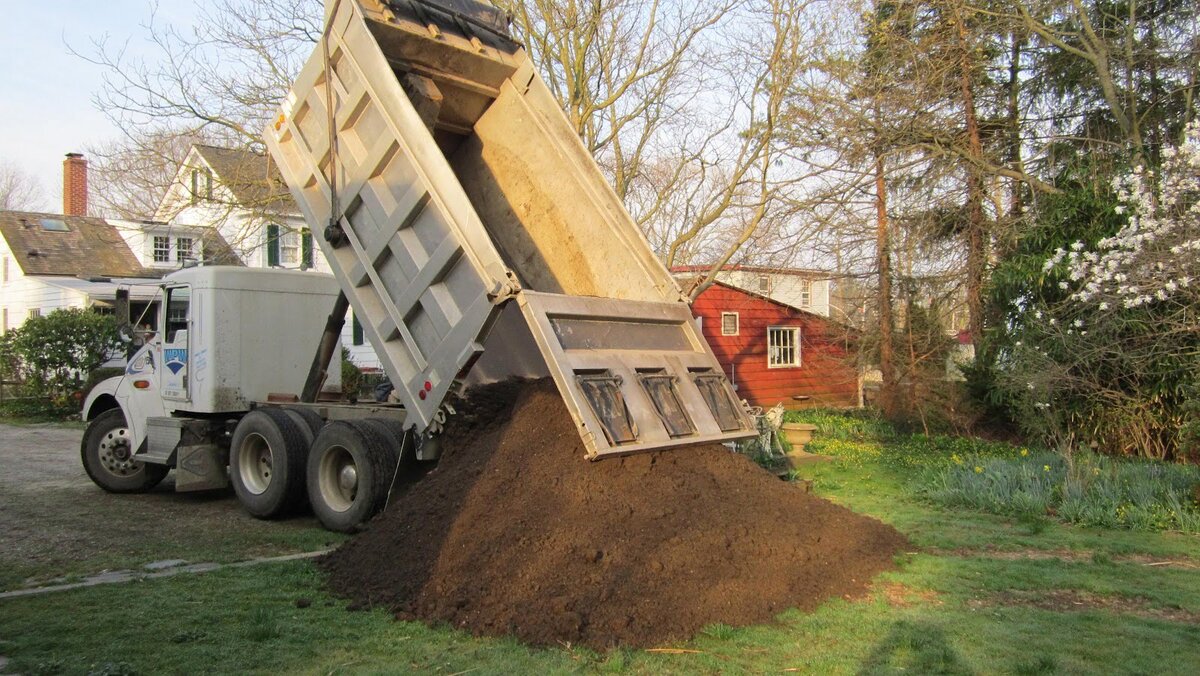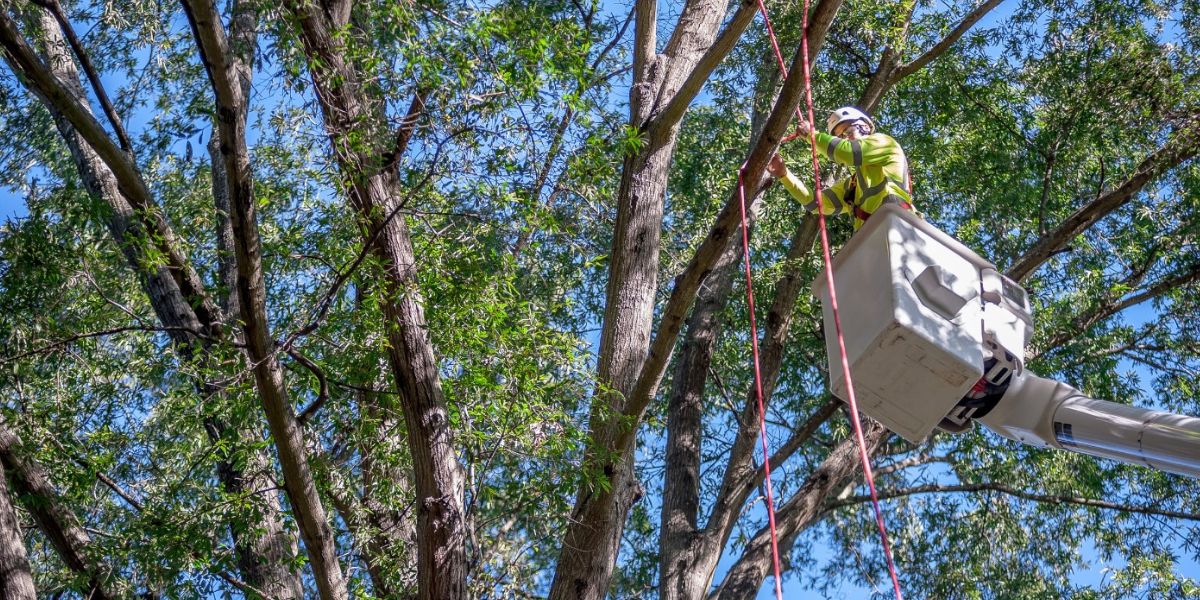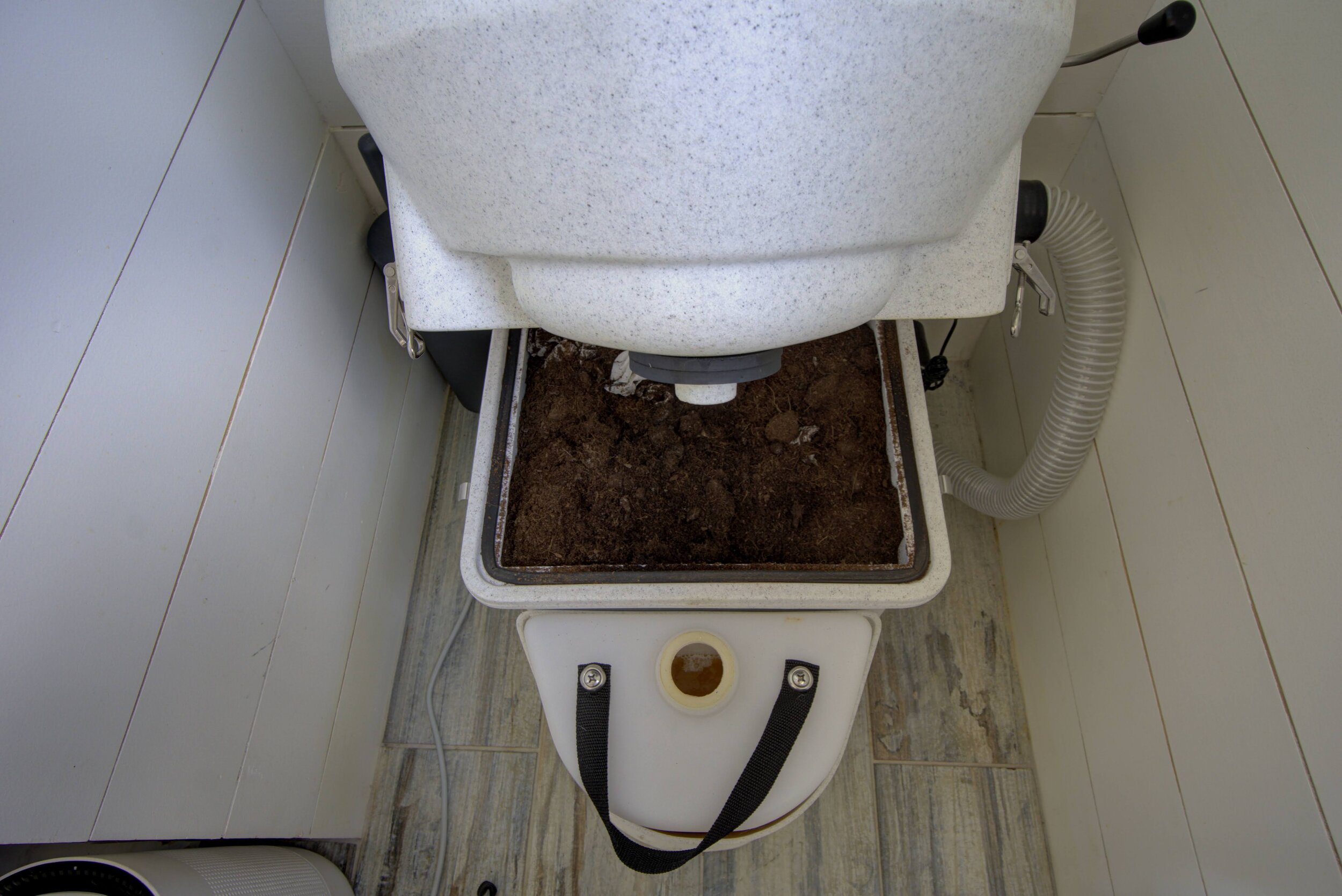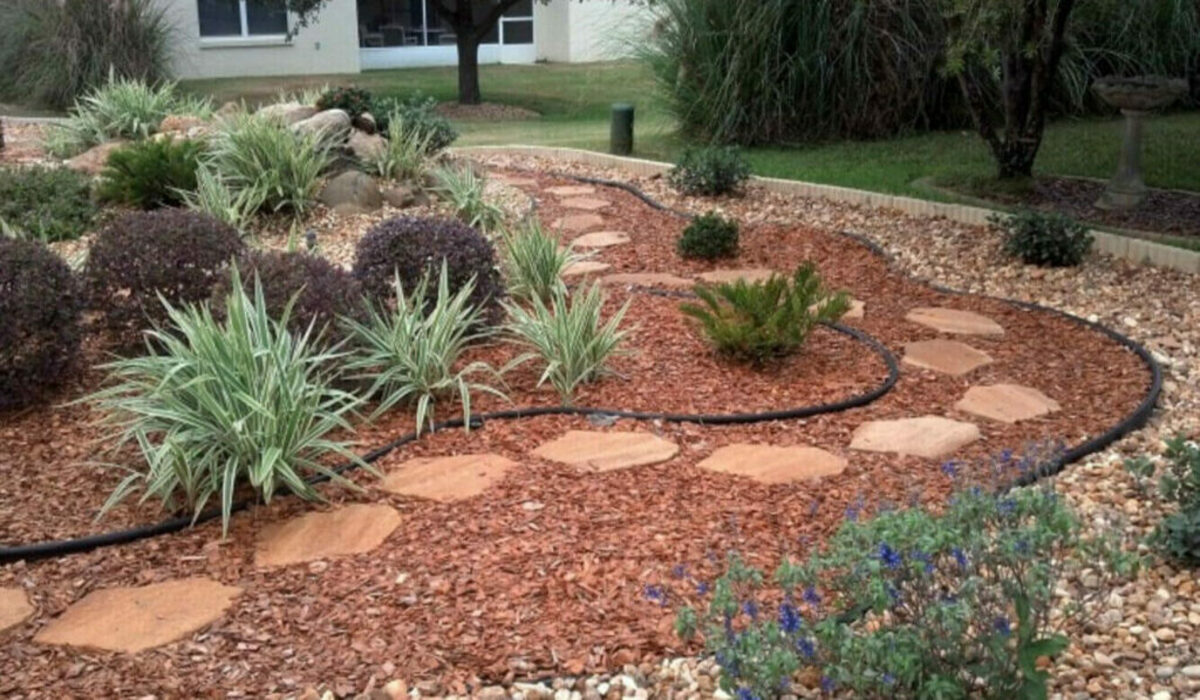Home>Gardening News and Trends>Latest News>How Much Does A Compost Toilet Cost
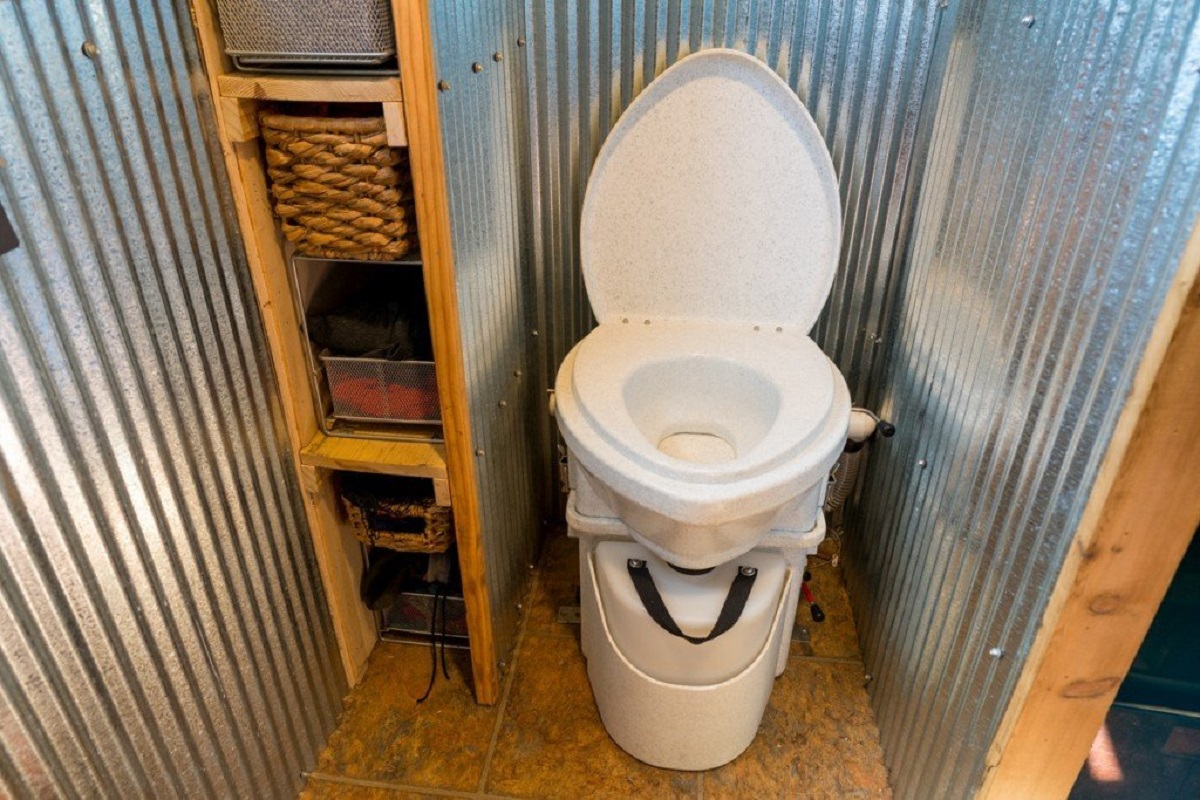

Latest News
How Much Does A Compost Toilet Cost
Modified: January 22, 2024
Find out the latest news on compost toilets and discover how much they cost. Explore eco-friendly options for sustainable living.
(Many of the links in this article redirect to a specific reviewed product. Your purchase of these products through affiliate links helps to generate commission for Chicagolandgardening.com, at no extra cost. Learn more)
Table of Contents
Introduction
Compost toilets have gained popularity in recent years as a sustainable and eco-friendly alternative to traditional flush toilets. These innovative systems allow for the decomposition of human waste through natural processes, resulting in nutrient-rich compost that can be used to fertilize plants. Not only do compost toilets help conserve water by eliminating the need for flushing, but they also play a significant role in reducing the environmental impact of sewage treatment plants.
One of the primary considerations when it comes to compost toilets is the cost. Many factors contribute to the overall expense of a compost toilet system, including the type of system, the level of sophistication, and any additional features or accessories. Understanding these factors can help individuals make informed decisions when choosing a compost toilet system that suits their needs and budget.
In this article, we will explore the various factors that affect the cost of compost toilets, compare the prices of basic and advanced systems, discuss additional costs associated with compost toilets, and provide a comparison of compost toilet costs versus traditional flush toilets.
So, if you’ve been considering embracing a sustainable lifestyle and incorporating a compost toilet system into your home or building, read on to discover the different cost considerations and options available to you.
Factors Affecting the Cost of a Compost Toilet
Several factors influence the cost of a compost toilet system. Understanding these factors can help individuals make informed decisions and select a compost toilet system that aligns with their budget and requirements. Here are the key factors that can affect the cost:
- Type of System: The type of compost toilet system you choose will have a significant impact on the cost. There are different types available, including self-contained systems, central composting systems, and continuous composting systems. Self-contained systems, which are typically smaller and more compact, tend to be less expensive compared to larger central or continuous composting systems.
- Size and Capacity: The size and capacity of the compost toilet system can also influence the cost. The larger the system and the higher the capacity, the more it is likely to cost. This is particularly true for commercial-grade systems that are designed to accommodate a higher volume of users.
- Level of Sophistication: Advanced compost toilet systems that incorporate features such as odor control mechanisms, ventilation systems, and automatic mixing can be more expensive than basic systems. These added features enhance the user experience and contribute to better composting performance but come with an additional price tag.
- Design and Aesthetics: The design and aesthetics of a compost toilet system can also impact its cost. Custom-designed or aesthetically pleasing units that are made from high-quality materials may command a higher price compared to more basic, utilitarian designs.
- Installation Requirements: The installation requirements of a compost toilet system can also influence its overall cost. If significant modifications or plumbing work is needed to accommodate the system, it can add to the installation costs. Additionally, if professional installation or specialized knowledge is required, there may be additional expenses to consider.
It is important to note that while cost is an essential consideration, it is equally important to choose a compost toilet system that meets your specific needs in terms of functionality, usability, and environmental impact. Assessing the factors mentioned above will help you find a balance between cost and the desired features of the compost toilet system.
Cost of Basic Compost Toilet Systems
The cost of basic compost toilet systems can vary depending on the brand, quality, and features included. Generally, basic compost toilet systems are more affordable compared to their advanced counterparts. However, it’s important to keep in mind that even basic systems can provide effective and sustainable waste management solutions. Here is a breakdown of the cost ranges for basic compost toilet systems:
- DIY Options: For individuals who are handy and have some experience in construction and plumbing, there are DIY compost toilet options available. These usually involve purchasing a composting container or bucket, adding a toilet seat, and setting up a ventilation system. The cost for a DIY compost toilet can range from $50 to $300, depending on the materials and components chosen.
- Pre-Fabricated Self-Contained Systems: Pre-fabricated self-contained compost toilet systems are relatively affordable and easy to install. These systems typically include a composting chamber, a toilet seat, a urine diversion mechanism, and a ventilation system. The cost of pre-fabricated self-contained systems can range from $500 to $1,500, depending on the brand and additional features.
- Basic Centralized Systems: Basic centralized compost toilet systems are larger in size and are designed for multiple users or larger households. These systems typically include a composting chamber, toilets with urine-diverting features, a ventilation system, and a separate composting bin. The cost of basic centralized systems can range from $1,500 to $3,500, depending on the capacity and brand.
It’s worth mentioning that the cost estimates provided above are approximate and can vary depending on various factors such as region, availability, and specific brand or model. It is advisable to research different manufacturers and compare prices to find the best option that fits within your budget.
While basic compost toilet systems may lack some of the advanced features found in more expensive models, they still provide a sustainable and cost-effective alternative to traditional flush toilets. These systems allow for the decomposition of waste and the production of nutrient-rich compost, minimizing water usage and reducing reliance on sewage infrastructure.
Cost of Advanced Compost Toilet Systems
For individuals seeking more advanced features and enhanced functionality, there are high-end compost toilet systems available in the market. These advanced systems often come with additional features that improve composting efficiency, odor control, and user experience. However, it’s important to note that these advanced features typically come with a higher price tag. Here is an overview of the cost ranges for advanced compost toilet systems:
- Central Advanced Systems: Central advanced compost toilet systems are designed for larger-scale use, such as in commercial buildings or multi-family units. These systems have larger composting chambers, advanced ventilation systems, and sophisticated odor control mechanisms. The cost for these systems can range from $3,000 to $7,000 or more, depending on the capacity and brand.
- Continuous Batch Systems: Continuous batch compost toilet systems are designed to allow continuous composting while still being able to use the toilet. These systems typically have separate compartments for adding waste and allowing it to compost. The compost is then removed from another compartment. The cost of continuous batch systems can range from $2,000 to $6,000, depending on the size and additional features.
- High-End Self-Contained Systems: High-end self-contained compost toilet systems offer advanced features such as automatic mixing, temperature control, and digital monitoring. These features help facilitate optimal composting conditions and provide convenience to users. The cost for high-end self-contained systems can range from $2,000 to $5,000, depending on the brand and features included.
The cost of advanced compost toilet systems is higher due to the incorporation of advanced technologies and additional features. While these systems may come with a higher initial investment, they often offer improved hygiene, convenience, and performance, making them worthwhile for those who value these benefits.
It’s important to note that the costs mentioned above are approximate and can vary depending on factors such as the brand, region, and specific model. Additionally, installation and maintenance costs should be considered when budgeting for an advanced compost toilet system.
It’s recommended to thoroughly research different manufacturers and consult with professionals to determine the most suitable and cost-effective advanced compost toilet system for your specific needs and budget.
Additional Costs Associated with Compost Toilets
While the initial cost of a compost toilet system is an important consideration, it’s essential to be aware of any additional costs that may be associated with owning and maintaining the system. Here are some common additional costs to keep in mind:
- Installation Costs: Depending on the complexity of the system and your specific requirements, you may need professional installation services. This can add to the overall cost of the compost toilet. Additionally, if any plumbing or electrical work is required to accommodate the system, there may be additional costs associated with hiring qualified professionals.
- Maintenance and Biodegradable Material Costs: Compost toilets require regular maintenance to ensure proper functioning and hygiene. This includes removing compost material, adding biodegradable cover material, and cleaning the system. The cost of biodegradable cover material, such as sawdust or coconut coir, should be considered. While this cost is generally minimal, it is an ongoing expense to keep in mind.
- Ventilation System Maintenance: Many compost toilet systems rely on a ventilation system to promote airflow and control odors. Regular maintenance of the ventilation system, including cleaning filters or replacing fan components, may be necessary. These maintenance tasks may come with additional costs.
- Compost Management: Once the composting process is complete, you may need to manage and utilize the compost produced by the toilet system. This may involve allocating space for compost storage or investing in compost bins or containers if you plan to use the compost in your garden. These additional costs should be considered in the overall budget for owning a compost toilet system.
- System Upgrades and Accessories: Depending on your preferences and needs, you may want to invest in additional features or accessories for your compost toilet system. This can include items such as compost thermometers, moisture control devices, or remote monitoring systems. These upgrades and accessories can enhance the functionality of the system but may come with an additional cost.
It’s important to research and factor in these additional costs when budgeting for a compost toilet system. While the initial upfront cost of the system may seem high, considering the long-term cost savings on water usage and the environmental benefits, compost toilets still present a viable and sustainable option for many individuals and households.
Comparison of Compost Toilet Costs vs. Traditional Flush Toilets
When considering the cost of a compost toilet system, it’s important to compare it to the cost of traditional flush toilets to gain a better understanding of the financial implications. While the initial cost of a compost toilet system may seem higher, there are several cost-related factors to consider:
- Installation Cost: Both compost toilets and traditional flush toilets require installation. However, the installation cost for compost toilets may be lower as they do not require extensive plumbing work and connection to sewage infrastructure.
- Water Usage and Cost: Traditional flush toilets consume a significant amount of water with each flush. This not only leads to high water bills but also contributes to water scarcity and increased water treatment costs for municipalities. In contrast, compost toilets do not require water for flushing, resulting in significant water savings and reduced water-related expenses.
- Maintenance Cost: Compost toilets typically have lower maintenance costs compared to traditional flush toilets. Due to the absence of water and the natural composting process, there is less risk of clogging and plumbing issues. Additionally, maintenance costs for compost toilets mainly revolve around regular cleaning, compost management, and occasional replacements of fans or filters.
- Long-Term Savings: Over time, the cost savings associated with compost toilets can be substantial. With reduced water consumption and lower maintenance requirements, homeowners and businesses can experience long-term financial benefits. Additionally, the compost produced by the toilet system can be used as a valuable resource for fertilizing gardens, further reducing the need for purchasing synthetic fertilizers.
- Environmental Impact: While not directly related to cost, it’s important to consider the environmental impact when comparing compost toilets to traditional flush toilets. Compost toilets significantly reduce water usage, alleviate strain on sewage treatment plants, and reduce the pollution associated with wastewater treatment. These environmental benefits can have long-term cost savings for the community as a whole.
When comparing the cost of compost toilets to traditional flush toilets, it is clear that while compost toilets may have a higher upfront cost, they offer significant long-term savings in terms of water consumption, maintenance, and environmental impact. It’s essential for individuals and businesses to weigh the initial investment against the potential financial and environmental benefits over time to make an informed decision on which type of toilet system to install.
Conclusion
Compost toilets offer a sustainable and eco-friendly solution for waste management, reducing water usage and minimizing the environmental impact associated with traditional flush toilets. While the cost of a compost toilet system may vary depending on factors such as the type of system, level of sophistication, and additional features, it’s important to consider the long-term cost savings and environmental benefits.
Basic compost toilet systems provide a cost-effective alternative to traditional flush toilets, with options ranging from DIY setups to pre-fabricated self-contained systems. These basic systems offer effective waste management and can be installed at a relatively affordable price.
For those seeking advanced features and enhanced functionality, advanced compost toilet systems are available, which come with higher prices due to additional features like improved composting efficiency, odor control mechanisms, and advanced monitoring systems. These advanced systems offer convenience and improved performance for those who value the added features.
It’s essential to consider the additional costs associated with owning and maintaining a compost toilet system, such as installation, maintenance, ventilation, and compost management costs. While these costs exist, they are minimal compared to the ongoing expenses of traditional flush toilets, such as water usage and wastewater treatment.
When comparing the costs of compost toilets to traditional flush toilets, it is clear that compost toilets offer long-term financial savings, particularly in terms of reduced water consumption, lower maintenance requirements, and potential benefits from the use of compost as a natural fertilizer.
In conclusion, while there may be an initial investment associated with compost toilets, the financial and environmental benefits they offer make them a worthwhile option for individuals and businesses looking for sustainable and cost-effective waste management solutions. By considering the factors that influence the cost of compost toilets and comparing them to traditional flush toilets, individuals can make informed decisions that align with their budget, values, and long-term sustainability goals.
